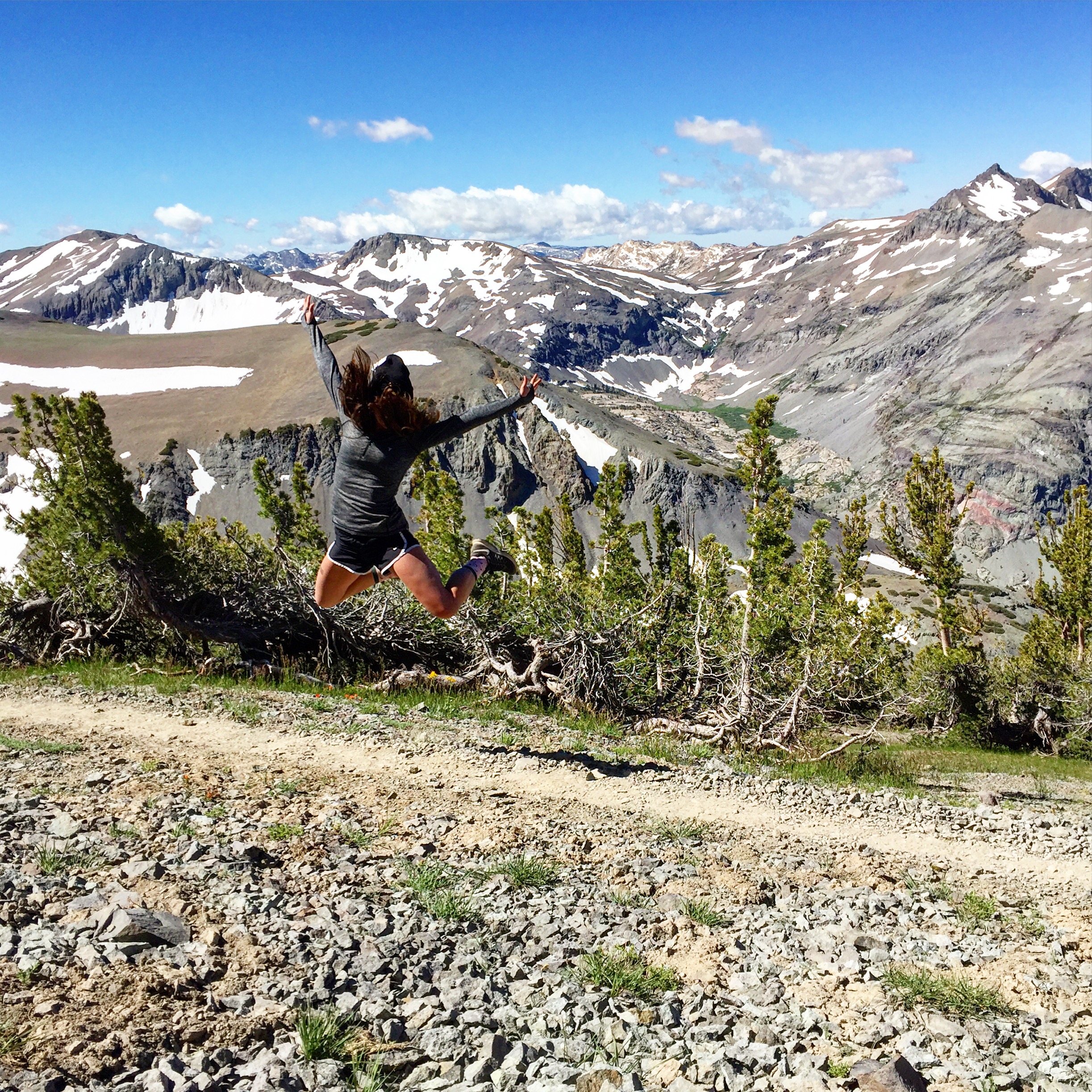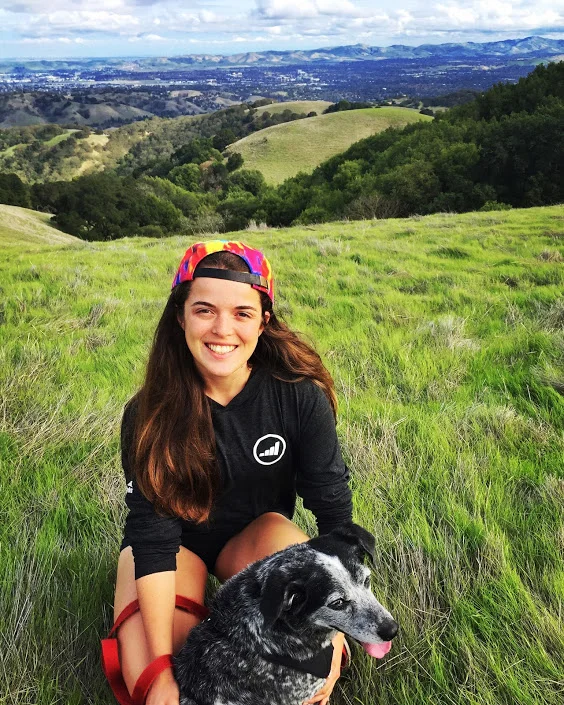Top 10 Things to Know About the Lost Coast
Lost Coast, Boss Coast
Over this past Memorial Day Weekend, I had the opportunity to check out one of the most underrated backpacking gems in Northern California, the Lost Coast. It’s a 53-mile stretch of coastline composed of such gnarly terrain, they had to divert the otherwise coastline-hugging Pacific Coast Highway. The Lost Coast is made up of two sections. The northern section (the part that my friends and I hiked) runs for 25 miles through the King Range National Conservation area, from Mattole River to Shelter Cove. The southern portion starts at Hidden Valley and runs through Sinkyone Wilderness State Park, spanning 28 miles.
When we were preparing for our trip, I found that there were no real resources with concise need-to-know information for hiking the Lost Coast trail. I’m going to keep this post short and sweet and give you the top ten things you need to know before hiking the Lost Coast Trail:
1. Permits are free and self-issued at the Mattole Beach trailhead. Though the trail was fairly crowded over Memorial Day Weekend, we were told that pretty much any other weekend of the year it would be rare to run into more than two or three other groups on trail, making this the perfect backpacking excursion for truly connecting with the wilderness. Dogs are also allowed on the Lost Coast, so bring feel free to bring your furry friends!
2. Bear Canisters are required. If you are staying overnight in the King Range Wilderness, you must keep your food, toiletries, trash and any scented items in a hard-sided bear-proof container. You can buy a bear canister, or rent one like we did from the Petrolia General Store (40 Sherman Avenue in Petrolia) right on the way into the Mattole trailhead. The canisters cost us each $5 for the three days of use, in addition to a $75 deposit per canister.
3. Check the tides and plan your hiking times accordingly. One aspect of the Lost Coast trail that is simultaneously thrilling and terrifying is that some portions of the trail become impassable at high tide. You hike along beaches for stretches of the journey and the beaches extend from the base of sheer rock faces. Make sure to download a map for free online, or pick one up at the Petrolia General Store. It is critical that you check the tide predictions and make sure that you are not caught in the impassable zones when the tide is in.
4. It’s really windy. Like, really windy. Avoid getting too overwhelmed by the windy conditions by hiking north to south (from Mattole Beach to Shelter Cove) so that the prevailing winds are at your back.
5. Do your business on the beach. Yes, you read that correctly. On the Lost Coast Trail, the rule is that you must do your #2 on the beaches below the high tide mark. Dig a hole for your business and the ocean will do its job and wash it away.
6. You can collect water on trail. Never fear! You can collect water at sources that are never more than a mile from each other along the trek, from tiny creeks to full-on small rivers. This comes in handy when you’re trying to travel with as light a pack as possible. I brought along iodine tablets to drop in the water I collected, but my friends opted to drink the water as it was and they were fine.
7. There are some pretty freakin’ cool critters. Along with plentiful gorgeous wildflowers, you are likely to see harbor seals, Stellar sea lions and northern elephant seals on the Lost Coast trail. Out of respect for the animals and in consideration of your own safety, you should stay at least 50 meters (165 feet) from them at all times. We found them to be pretty noisy as well… Something to keep in mind when you are setting up camp anywhere in the vicinity of a pack of seals or sea lions.
8. Camp wherever (within reason). You do not have to stay in designated campgrounds on the Lost Coast Trail. It is recommended that you camp in areas that appear to have been slept in before to minimize the impact on wildlife. Again, be mindful of the tides and also take the wind into consideration. There are several great inlets in the rocks that create ideal blockades against windy conditions. My friends and I actually ended up sleeping in the building next to the Punta Gorda Lighthouse our second night, which provided great shelter.
9. The Lost Coast Trail does not loop. You have to plan ahead and leave one car at the end of the trail and drive another to the trailhead if you are traveling with other people, or you can book a shuttle service to take you from the southern point of the trail back to your car at Mattole. Check out Lost Coast Adventure Tours for shuttle services and make sure to check availability in advance. Warning: cell phone service is unreliable in the area. Don’t wait until you are at the trailhead to contact a shuttle service! The shuttles are also not cheap, with services running north of one hundred dollars. The last option would be to hike the Lost Coast trail both ways to end up back at your car.
10. Be aware of potential wildlife hazards. There are bears, rattle snakes, ticks and abundant poison oak in the King Range Wilderness Area. Remain aware of your surroundings, especially when tromping through tall grass. You can wear long pants to protect against ticks and poison oak.
You can check out the Bureau of Land Management’s preparation checklist here.
























